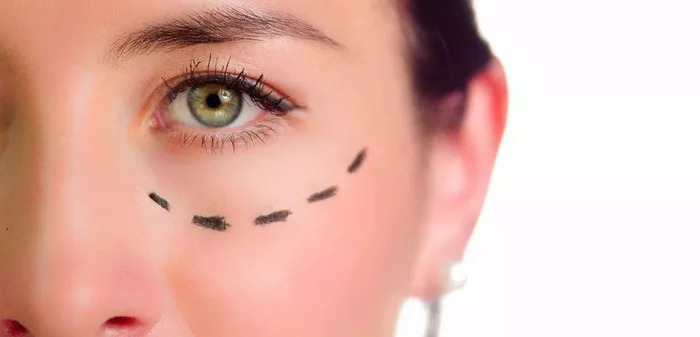Ptosis repair of upper eyelids is a surgical procedure that is used to correct drooping of the upper eyelid. Ptosis is a condition that can occur as a result of aging, injury, or certain medical conditions, and can cause a person’s eyelid to droop or sag, potentially obstructing their vision. Ptosis repair of upper eyelids is a relatively simple procedure that can be performed on an outpatient basis under local anesthesia. In this article, we will explore the nature of ptosis repair of upper eyelids, including its causes, symptoms, and treatment options.
Overview of Ptosis Repair of Upper Eyelids
Ptosis repair of upper eyelids is a surgical procedure that is designed to correct drooping of the upper eyelid. The procedure involves tightening the levator muscle, which is responsible for lifting the eyelid. Depending on the severity of the ptosis, the surgeon may need to remove excess skin or fat from the eyelid as well.
Ptosis repair of upper eyelids is typically performed on an outpatient basis under local anesthesia. The procedure takes approximately one to two hours, depending on the extent of the surgery. Patients may experience some swelling and bruising after the procedure, but these symptoms typically subside within a few days.
Causes of Ptosis
Ptosis can be caused by a variety of factors, including age, injury, and medical conditions. In some cases, ptosis may be present at birth (congenital ptosis). The most common causes of ptosis include:
Aging: As a person ages, the muscles that control the eyelids can weaken, causing the eyelids to droop.
Injury: Trauma to the eye or eyelid can cause damage to the muscles that control the eyelids, leading to ptosis.
Medical conditions: Certain medical conditions, such as myasthenia gravis and Horner’s syndrome, can cause ptosis.
Symptoms of Ptosis
The most common symptom of ptosis is a drooping or sagging of the upper eyelid. Depending on the severity of the ptosis, the eyelid may partially or completely cover the eye, potentially obstructing a person’s vision. Other symptoms of ptosis may include:
Eyestrain: People with ptosis may need to strain their eyes to keep their eyelids open, which can lead to eyestrain.
Headaches: Straining the eyes can also cause headaches.
Fatigue: People with ptosis may feel fatigued or tired due to the effort required to keep their eyelids open.
Treatment Options for Ptosis
There are several treatment options available for ptosis, including non-surgical and surgical options. Non-surgical options may include the use of glasses, contact lenses, or eye drops to help alleviate symptoms. However, these options do not correct the underlying problem and may only provide temporary relief.
Surgical options for ptosis repair of upper eyelids are typically more effective and involve tightening the levator muscle to lift the eyelid. Depending on the severity of the ptosis, the surgeon may need to remove excess skin or fat from the eyelid as well. The procedure is typically performed on an outpatient basis under local anesthesia and takes approximately one to two hours.
Risks and Complications of Ptosis Repair of Upper Eyelids
Like any surgical procedure, ptosis repair of upper eyelids carries some risks and potential complications. These may include:
Bleeding: Bleeding is a common complication of any surgery, including ptosis repair of upper eyelids. Most cases of bleeding are minor and can be managed with compression and medication. In rare cases, however, bleeding can be more severe and require additional treatment.
Infection: Infection is a risk associated with any surgical procedure. Patients who undergo ptosis repair of upper eyelids are typically prescribed antibiotics to reduce the risk of infection. If an infection does occur, it can typically be treated with antibiotics.
Dry eyes: Dry eyes are a common side effect of ptosis repair of upper eyelids, particularly in patients who undergo surgery on the lower eyelids. In most cases, dry eyes are temporary and can be managed with eye drops.
Scarring: Scarring is a risk associated with any surgical procedure. However, the incisions made during ptosis repair of upper eyelids are typically small and well-hidden, so scarring is usually minimal.
Conclusion
Ptosis repair of upper eyelids is a surgical procedure that is used to correct drooping of the upper eyelid. The procedure is relatively simple and can be performed on an outpatient basis under local anesthesia. While there are risks and potential complications associated with ptosis repair of upper eyelids, these are typically minor and can be managed with medication or additional treatment. Patients who are considering ptosis repair of upper eyelids should consult with a qualified surgeon to determine whether the procedure is right for them.

